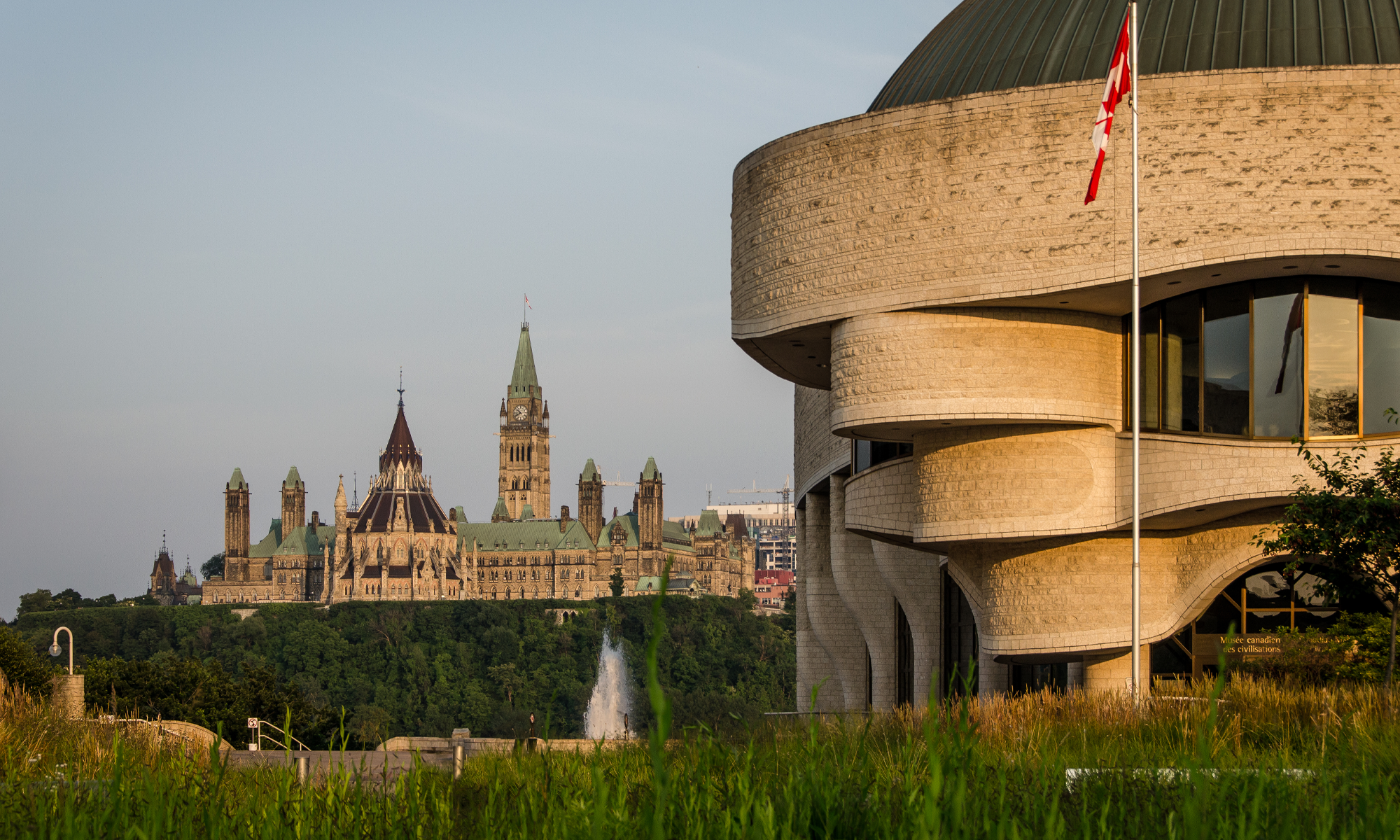On Monday, I spent time following up on the resources mentioned in my 19 April post Ancestry adds Canada, Royal Canadian Air Force Crash Cards, 1939-1945 for a Canadian airman buried at Beechwood Cemetery.
None of the crash investigation information is in the person’s service file, his Commonwealth War Graves Commission file, or his Canadian Virtual War Memorial file, including newspaper clippings predating the court of enquiry.
The crash investigation reveals much detail about the incident, including the state of the body when found and that pilot error was the primary cause of the crash.
Canada’s Personal Information Protection and Electronic Documents Act permit disclosure without knowledge or consent if made after the earlier of:
(i) one hundred years after the record containing the information was created, and
(ii) twenty years after the death of the individual whom the information is about.
Even though the crash was over 80 years ago, I remain uneasy about blogging details, making them simple to discover as they could be upsetting to elderly relatives. How far back do you have to go before that ceases to be an issue?


Years back a close chum told me that he had finally been successful in obtaining the Investigation Report of his much older brother’s death while flying in a hot plane for the RCAF, It had taken years to obtain it.
It was of interest to me as the brother had been a member of my late husband’s RMC class in the 1950s.
The brother had quit his RMC education as he was not found suitable for pilot training.
Without mentioning prior military service (yes, you are serving in the military as an RMC cadet) he had signed up with the Air Force, and to his surprise and delight was selected for pilot training and proceeded into jet training. So he was flying jets while his former RMC colleagues were still in the classroom.
I think that is an example of the HR people in the military messing up, as certainly there would have been pay records showing this fellow’s name and SIN in his pay file. But nobody had noticed.
The Investigation Report showed that the two in the aircraft had been doing what they would have called hot dogging, that is, as others would call it, trying to push the outside of the envelope of what the aircraft could do. In other words, doing very risky flying. This was unwarranted, and very dangerous.
It killed them both.
I knew a person in the class who would have been very interested in the Report, and gave it to him on the condition that he not pass it around or publish it anywhere. . He had written biographical details about each class member’s lives.
His comment was ‘I retired as a Major General and not even I could get hold of this bloody thing.’ Even he has long since passed away. Cheers, BT
This is a really great question. Maybe there’s a middle ground? Instead of blogging the details, maybe you could just touch on the incident briefly and link to the crash record, or include it in your source notes? That way it would be available for more in-depth researchers, but less likely to upset the others. It’s a balancing act, for sure!
The access and privacy legislation was developed to address these matters in broad terms. I suspect that no one involved with drafting the legislation knew anything about crash investigation reports or their contents. I think we should be reluctant to see the imposition of restrictions specific to the records in question. There are, to be sure, many anomalies aside from the RCAF crash reports. For example, LAC has released over 300 reels of Second World War Canadian Army court martial records (now on Heritage), but at the very same time have researchers waiting months and even longer for a service file. Even a cursory look at court martial files will show that in some cases the information might very well prove to be more embarrassing to a family member today than anything documented on the soldier’s service record. This is all to say that access provisions are not applied in the same manner to all government records and this is something we should be thankful for. We can only assume that due diligence was taken when records were released to Ancestry or Heritage Canadiana. Perhaps we should have more faith in those doing the research. Other records in the public domain such a census returns, birth, marriage and death registrations all include information that might offend. Finding sensitive information is a burden for all of us, how we use and share that information is the critical test, but for a final word all I can say is don’t wake the dog.